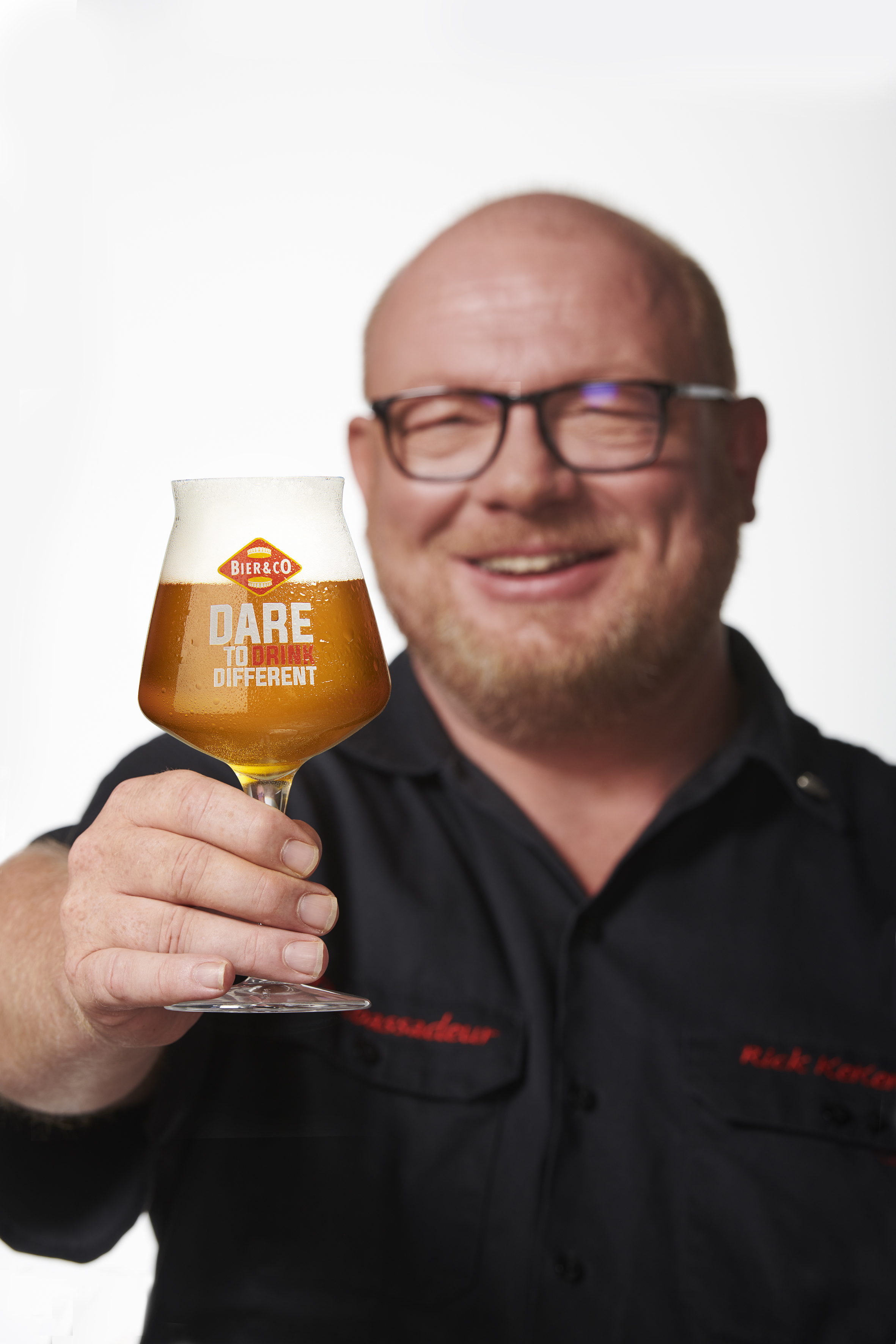The difference between beer and lager
Posted by Rick Kempen, beer ambassador at Bier&cO on 18th Jul 2024
The difference between beer and lager
The difference between beer and lager was not always a mystery. It used to be simple: you walked into a pub, ordered a glass of beer and got a lager, which you drank contentedly. Or you asked for a lager and the waiter tapped it in, saying "please, a beer." But there is a difference between lager and other types of beer. In short, all lager is beer, but not all beer is lager. And here's why!
Beers
In recent decades, it has become common practice to classify beers into different kinds, types or styles. Simply put, beers are grouped according to similarities in taste, color, smell and appearance. So with that, there is also a clearer difference between lager and beer.
Variations and Styles
For example, all white beers are cloudy and pale yellow with a fresh sour taste, while abbey beers are typically dark in color with aromas and flavors reminiscent of dried red fruits and caramel. The color, aroma and taste of beer depend on the ingredients and fermentation process, which determines whether a beer belongs to a particular category.
Popular Beer Styles
There are dozens of beer styles worldwide, each with its own variations. One well-known style is the style Pale Ale, which includes Belgian amber beers, as well as IPA (India Pale Ale, or Iepaa). IPAs themselves have more than ten subtypes, ranging from Session to Double, Triple, Black, Brut and White IPA. And then there are New England IPAs, Sour IPA - you name it. Point is: lager is just one of these many beers. Therefore, all lager is beer, but by no means all beer is lager!
What is lager?
Interestingly, there are few legal rules that a beer must meet to belong to a particular style. For lager is that it is "lightly colored," with no further specification, and it must have a certain stem wort content. That's not the alcohol content, so it tells a beer lover little. Still, everyone immediately recognizes whether the beer in your glass is a lager or not. It is the most widely drunk beer in the world and everyone knows it is golden to coppery blond, crisp looking and tastes tight, clean and tastes slightly bitter. There is little fragrance to it, or little aroma. Lager quenches the thirst, with lager you don't have to think about what exactly you are tasting. Lager refreshes and is therefore the ultimate carnival beer: fill your glasses and be merry!
Characteristics of lager
Pils has few flavors and is thirst-quenching; you don't have to think about exactly what you're tasting. It is therefore the ultimate beer for parties and festivals.
Fermentation methods
An important ingredient in the brewing process is yeast. This single-celled organism converts sugars (which come from the grain) into alcohol and carbon dioxide, and sets in motion processes that produce aromas, or volatile fragrances, produce. Roughly speaking, there are three methods: top fermentation, spontaneous fermentation and bottom fermentation.
Spontaneous fermentation
Spontaneous fermentation we don't see much anymore - especially in Belgium people still use this method. It creates exciting aromas and flavors, looking very much like wine: fresh-sour is always a result of this traditional fermentation method.
Top Fermentation
The vast majority of beers are made via top fermentation (aka: top fermentation). IPA, Weizen, stout and all abbey beers, for example. The is so called because during fermentation the yeast floats on top of the beer in being made, and the temperature is higher than in bottom fermentation. All of this causes many more aromas and "flavorings" to be created. For example you might think you smell banana in beer, or apple or apricot. However, fruit is rarely in beer, however, and almost always these aromas are created by the yeast created!
Bottom fermentation
It is obvious that bottom fermentation (also: low fermentation) is thus works the opposite way. True: the temperature is always lower, and the yeast floats at the bottom of the liquid. Partly for this reason, therefore, few aromatics are produced, and the beer tastes tight and clean. There is less to discover in bottom-fermenting beer, but that's not a bad thing: that's what makes it so refreshing. Matter of looking at when you're going to drink beer: if you want to relax, you grab something bottom-fermenting. Do you want to explore and be continually amazed? Then you choose for a top-fermenting, or even a spontaneously fermented beer.
So. Now you understand why all lager is beer, but not all beer is lager!

This blog is copyright of Uiltje and may not be reused.

